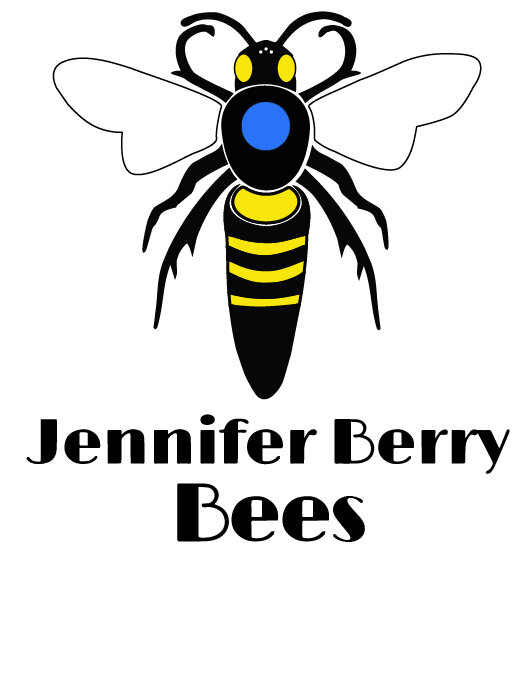Expanding the Apiary at Bloomfield Farm
/In November we added another six hives to the apiary at Bloomfield Farm. These hives came from my own apiary in Southern Marin, where I've been keeping bees since 2010.
JB truck with hives in front of bloomfield farm's barn
Before we moved the hives to their new location, we had to unpack all the woodenware so we could move the hive boxes onto new stands with new lids. It felt like Christmas, only better, since this is the kind of thing I won't have to return the day after!
Hive stands from Country rubes. worth the price, with screened bottoms that can be closed, monitoring boards, and beetle baffles.
It was the perfect day to move hives, cool in the morning and then warm and calm as the day progressed. I drove the truck down to the orchard where the four established hives waited, a platform empty and ready for six more hives to join the group.
Awaiting the new hives
Everything goes as planned, moving the hives into their new locations. I took the time to do some inspections to verify that the hives were doing well, checking brood and resources. I'd also brought a few supers full of honey to supplement the two native hives that hadn't produced much over the dry summer.
gorgeous, Healthy brood
Beautiful bee bread, made from pollen
The bees were looking very happy and healthy. The two images above were the bestest, boomingist of the hives, but most of the rest had begun to slow down brood production in preparation for the winter season ahead. In our warm coastal climate, its not unusual to have drones flying all winter long.
When I chose the hives to bring up to Bloomfield, I made the decision to bring up my most favorite queen with the idea that this would be a good place for her to breed the following spring. She's an old queen, with a faded red mark telling me shes's from 2013. I've had some amazing queens from this old girl, and it made me a bit wistful to think she'd be so far away here in Bloomfield.
When I opened her hive, I found tragedy had struck. When the hive had been moved to the new base, and all that was left was to shake the bees off the bottom board, I found my old queen, dead on the screen.
The queen is dead
Its too late in the season for any of this queen's eggs to make a new viable queen. So I just had to suck it up, take a goodbye selfie, and get on with the rest of my work.
A few days later I returned with a nucleus colony to provide a new queen for this hive. I made special introduction boards and have separated the two hives with a paper grocery bag. It takes some time for the bees to chew through the bag, and when they succeed, their pheromones will have mixed enough so they won't fight, making it easier for them to accept a new queen.
nuc introduction
Long day, but by the time it was over, I have ten beautiful hives, side by side, ready to start gathering pollen and nectar from the eucalyptus blooms that had just started to open.
Now we are ten
barn at sunset

